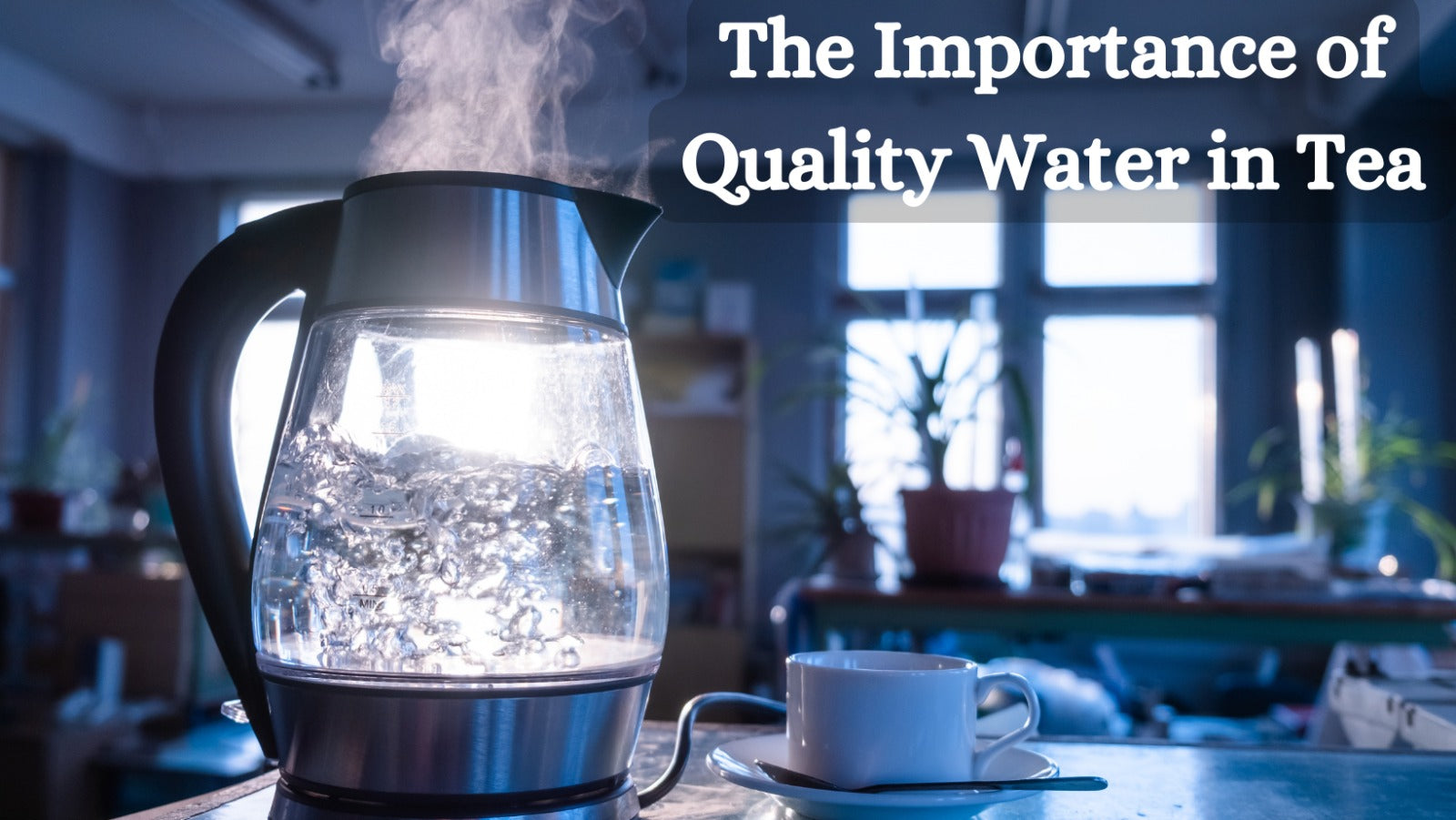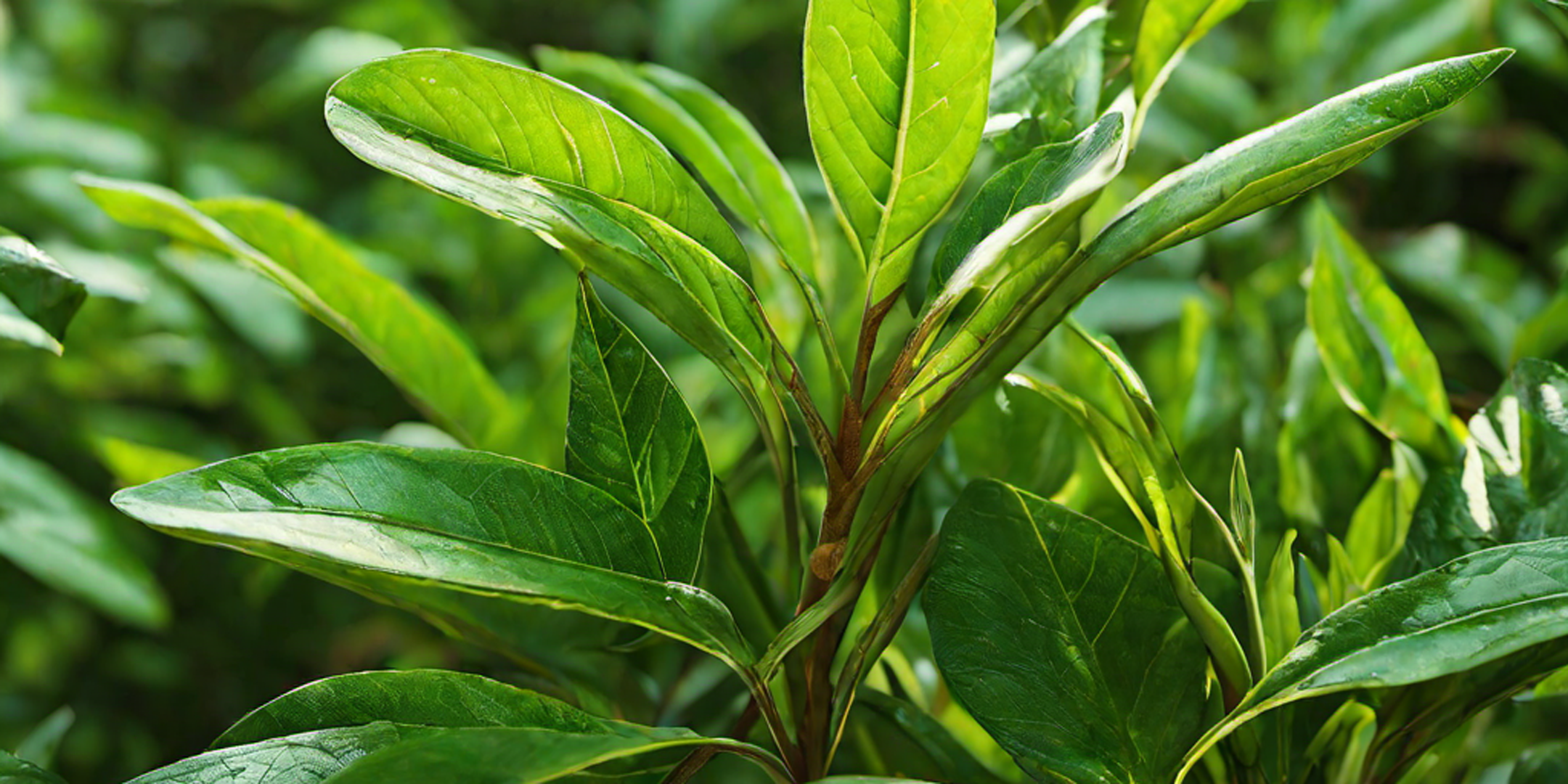Are you a tea enthusiast who takes pride in serving the perfect cup of tea? If so, mastering the art of pouring tea is essential. Whether you prefer a traditional afternoon tea or a steaming mug to start your day, knowing how to pour tea properly can greatly enhance your tea-drinking experience. In this article, we will guide you through the steps to achieve the perfect pour.
The Art of Pouring Tea
Pouring tea may seem like a simple task, but it is an art form that requires attention to detail and precision. The way you pour your tea can affect its taste, aroma, and overall experience. By mastering the art of pouring tea, you can elevate your tea-drinking experience and impress your guests with a perfectly brewed cup.
Why Pouring Tea Correctly Matters
Pouring tea correctly is not just about aesthetics; it has a significant impact on the taste and quality of the tea. When you pour tea correctly, you ensure that the flavors are evenly distributed, allowing you to fully appreciate the nuances of the tea leaves. Additionally, properly pouring tea helps prevent over-steeping or under-steeping, which can result in a bitter or weak cup of tea. By mastering the art of pouring tea, you can ensure that each cup is a delightful experience.
The Traditional Tea Pouring Method
The traditional tea-pouring method is a classic technique that has been used for centuries. It involves pouring the tea from a teapot into individual teacups. This method allows the tea to be evenly distributed among the cups, ensuring that each guest receives the same quality and taste. To pour tea using the traditional method, follow these steps:
- Start by preheating both the teapot and teacups using hot water. This helps retain the tea's temperature and prevents it from cooling down too rapidly.
- Place the tea leaves in the teapot and add hot water at the appropriate temperature for the tea you are brewing.
- Let the tea steep for the suggested duration.
- Hold the teapot handle with one hand and place your other hand on the teapot lid, ensuring that it doesn't fall off while pouring.
- Slowly pour the tea into each teacup, moving in a circular motion to ensure even distribution.
- Serve the tea immediately to enjoy it at its best.
Step-by-Step Guide to Pouring Tea
To pour tea perfectly, it's important to follow a step-by-step guide that covers all the essential aspects. Here is a detailed guide to help you achieve the perfect pour:
- Start by selecting high-quality tea leaves that suit your taste preferences. The quality of the tea will greatly impact the final result.
- Boil fresh water and let it cool to the appropriate temperature for the specific type of tea you are brewing. Each type of tea requires a specific water temperature to extract its optimal flavors.
- Warm up the teapots and teacups by rinsing them with hot water. This will help to maintain the temperature of the tea and ensure an optimal brewing environment.
- Measure the appropriate amount of tea leaves for the desired strength and flavor. The general guideline is one teaspoon of loose tea leaves per cup of water.
- Place the tea leaves into the teapot and pour hot water over them. Cover the teapot with a lid and steep it for the recommended time.
- While the tea is steeping, prepare the teacups by rinsing them with hot water to warm them up.
- When the tea is ready, hold the teapot handle with one hand and place your other hand on the teapot lid, ensuring it stays in place.
- Slowly pour the tea into each teacup, starting from one end and moving in a circular motion. This ensures that each cup receives an equal amount of tea.
- Serve the tea immediately to enjoy it at its freshest and most flavorful.
Tips for a Perfect Pour
To achieve the perfect pour, here are some expert tips that can help enhance your tea-drinking experience:
- Try using filtered or spring water for a more flavorful brew, as tap water might carry impurities that impact taste. Explore various steeping durations to discover the ideal balance suiting your palate. Some teas require longer steeping times, while others are best steeped quickly.
- Avoid pouring boiling water directly onto delicate tea leaves, as it can scorch them and result in a bitter taste.
- When pouring tea, aim for a steady and controlled stream to prevent spills and ensure an even distribution.
- Practice makes perfect! The more you pour tea, the better you will become at mastering the art. Learn from your experiences and adjust your technique accordingly.
The Importance of Tea Quality and Temperature
To achieve the perfect pour, it's crucial to start with high-quality tea leaves and the right water temperature. The quality of the tea leaves directly impacts the taste and aroma of the final cup. Look for teas that are sourced from reputable suppliers and have been properly stored to maintain their freshness. Additionally, different types of tea require specific water temperatures to bring out their unique flavors. Green tea, for example, is best brewed at lower temperatures, while black tea can handle hotter water. By paying attention to tea quality and temperature, you can ensure a delightful tea-drinking experience.
Different Pouring Techniques for Different Types of Tea
While the traditional pouring method works well for many types of tea, there are also specific pouring techniques that can enhance the flavor and aroma of certain teas. Here are a few examples:
The Classic Pour: This technique involves pouring the tea in a steady stream from a teapot into individual teacups. It is suitable for most types of tea and ensures even distribution.
The Swerve Pour: This technique is used for oolong and pu-erh teas. Instead of pouring the tea in a straight line, you swerve the teapot in a gentle arc, allowing the tea to flow in a circular motion. This technique helps to enhance the flavors and aromas of these specific teas.
The Gongfu Pour: This technique is commonly used for Chinese teas, particularly oolong and black teas. It involves pouring the tea in short, quick bursts from a small teapot into small cups. This technique allows for multiple infusions and intensifies the flavors of the tea.
Common Mistakes to Avoid When Pouring Tea
When pouring tea, there are a few common mistakes that can negatively impact the taste and experience. Here are some mistakes to avoid:
Over-steeping: Leaving the tea to steep for too long can result in a bitter and astringent taste. Stick to the suggested steeping times for each type of tea.
Under-steeping: Under-steeping may lead to a weak and tasteless cup of tea. Make sure to steep the tea for the recommended time to extract the full range of flavors.
Pouring too quickly: Pouring tea too quickly can cause spills and uneven distribution among teacups. Take your time and pour with a steady hand.
Using the wrong water temperature: Using water that is too hot or too cold can affect the taste of the tea. Pay attention to the recommended water temperature for each type of tea.
Neglecting tea quality: Low-quality tea leaves can result in a subpar cup of tea. Invest in high-quality teas that are sourced from reputable suppliers.
Enhancing the Tea Pouring Experience
Pouring tea is not just about the technical aspects; it is also an opportunity to create a memorable experience for yourself and your guests. Here are a few suggestions to enhance the tea-pouring experience:
Choose beautiful teaware: Invest in elegant teapots, teacups, and tea trays that reflect your style and add a touch of sophistication to the tea pouring ritual.
Experiment with different tea blends: Explore a variety of tea blends and flavors to cater to different preferences. Offering a selection of teas can make the pouring experience more exciting and enjoyable.
Pair tea with complementary treats: Serve tea with delicious pastries, biscuits, or finger sandwiches to create a complete tea experience. The combination of flavors can elevate the overall enjoyment of the tea-pouring ritual.
Share your knowledge: If you are passionate about tea, share your knowledge and expertise with others. Host tea tastings or tea parties to introduce your friends and family to the art of pouring tea.
Conclusion
Pouring tea perfectly is not just about the physical act of pouring; it is a combination of knowledge, technique, and appreciation for the art of tea. By paying attention to factors such as water temperature, steeping time, and pouring technique, you can elevate your tea-drinking experience and impress your guests with a perfectly brewed cup. Remember to experiment, learn from your experiences, and most importantly, enjoy the journey of exploring the world of tea pouring. Cheers!




